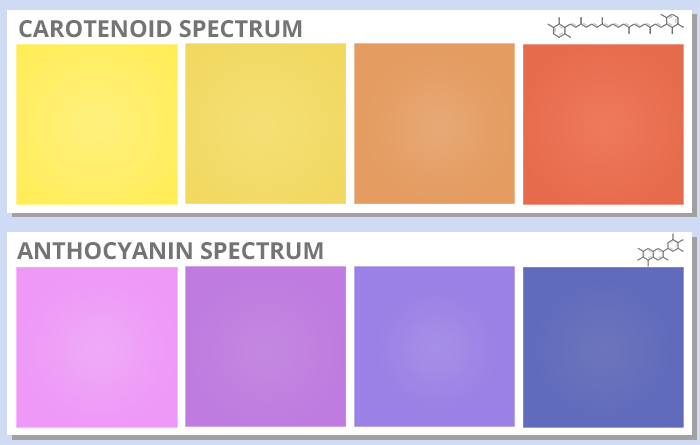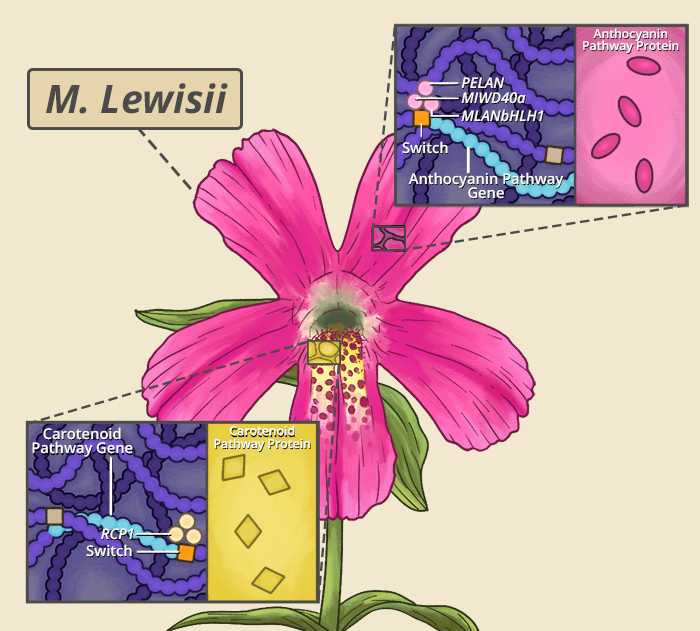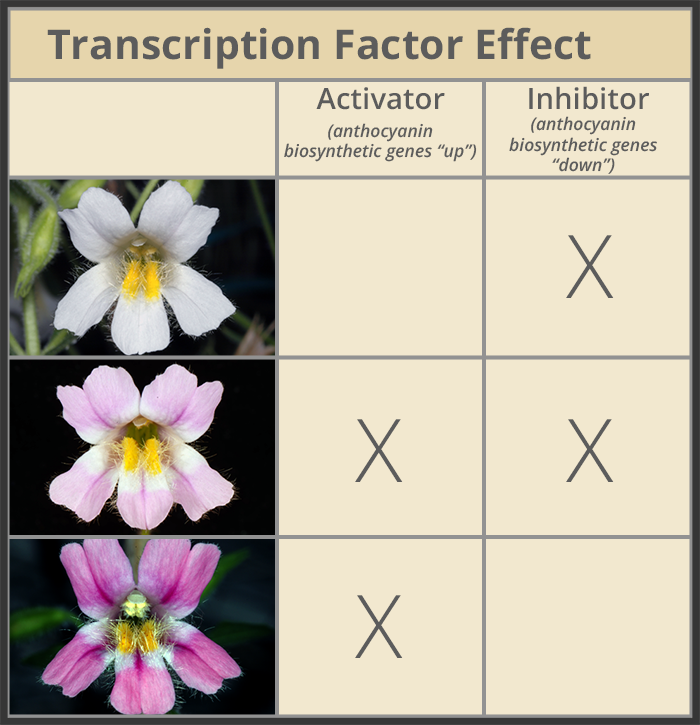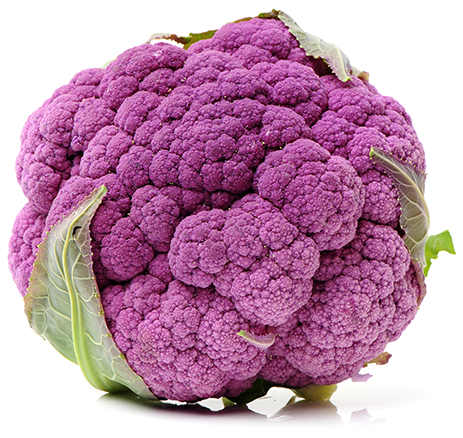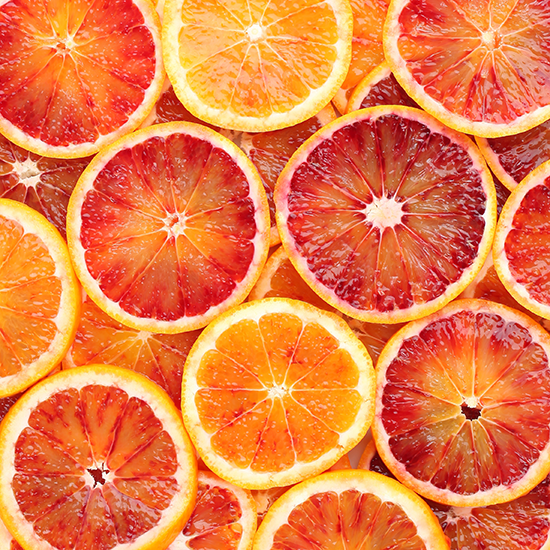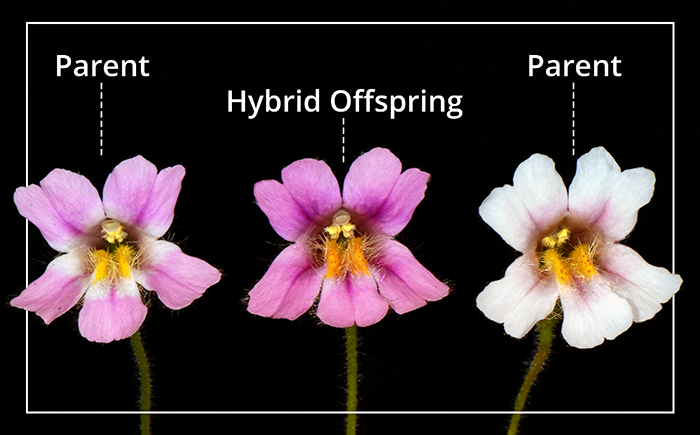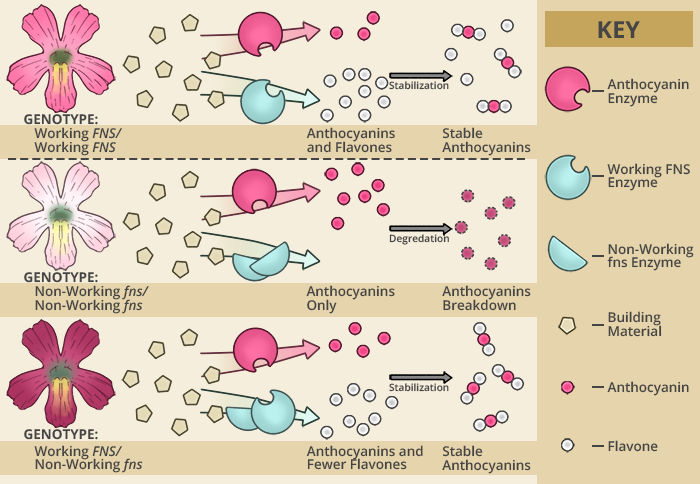References
Butelli, E., Licciardello, C., Zhang, Y., Liu, J., Mackay, S., Bailey, P., & Martin, C. (2012). Retrotransposons control fruit-specific, cold-dependent
accumulation of anthocyanins in blood oranges. The Plant Cell, 24(1), 1242-1255.
Chiu, L. W., Zhou, X., Burke, S., Wu, X., Prio, R., & Li, L. (2010). The purple cauliflower arises from activation of a MYB transcription factor. Plant
Physiology, 154(1), 1470-1480.
Hirschberg, J. (2001). Carotenoid biosynthesis in flowering plants. Current Opinion in Plant Biology, 4(3), 210-218.
Jiang, K., Liberatore, K. L., Park, S. J., Alvarez, J. P., & Lippman, Z. B. (2013). Tomato yield heterosis is triggered by a dosage sensitivity of the
florigen pathway that fine-tunes shoot architecture. PLoS Genetics, 9(12), e1004043.
Kreiger, U., Lippman, Z. B., & Zamir, D. (2010). The flowering gene SINGLE FLOWER TRUSS drives heterosis for yield in tomato. Nature Genetics, 42(5), 459.
Naing, A. H., & Kim, C. K. (2018). Roles of R2R3-MYB transcription factors in transcriptional regulation of anthocyanin biosynthesis in horticultural plants.
Plant Molecular Biology, 1-18.
Quattrochio, F., Wing, J. F., Leppen, H. T., Mol, J. N., & Koes, R. E. (1993). Regulatory genes controlling anthocyanin pigmentation are functionally
conserved among plant species and have distinct sets of target genes. The Plant Cell, 5(11), 1497-1512.
Sagawa, J. M., Stanley, L. E., LaFountain A. M., Fran, H. A., Liu, C., & Yuan, Y. W. (2016). An R2R3-MYB transcription factor regulates carotenoid pigmentation
in Mimulus lewisii flowers. New Phytologist, 209(3), 1049-1057.
Yuan, Y. W., Sagawa, J. M., Frost, L., Vela, J. P., & Bradshaw, H. D. (2014). Transcriptional control of floral anthocyanin pigmentation in monkeyflowers
(Mimulus). New Phytologist, 204(4), 1013-1027.
Yuan, Y. W., Sagawa, J. M., Young, R. C., Christensen, B. J., & Bradshaw, H. D. (2013). Genetic dissection of a major anthocyanin QTL contributing to
pollinator-mediated reproductive isolation between sister species of Mimulus. Genetics, 194(1), 255-263.
